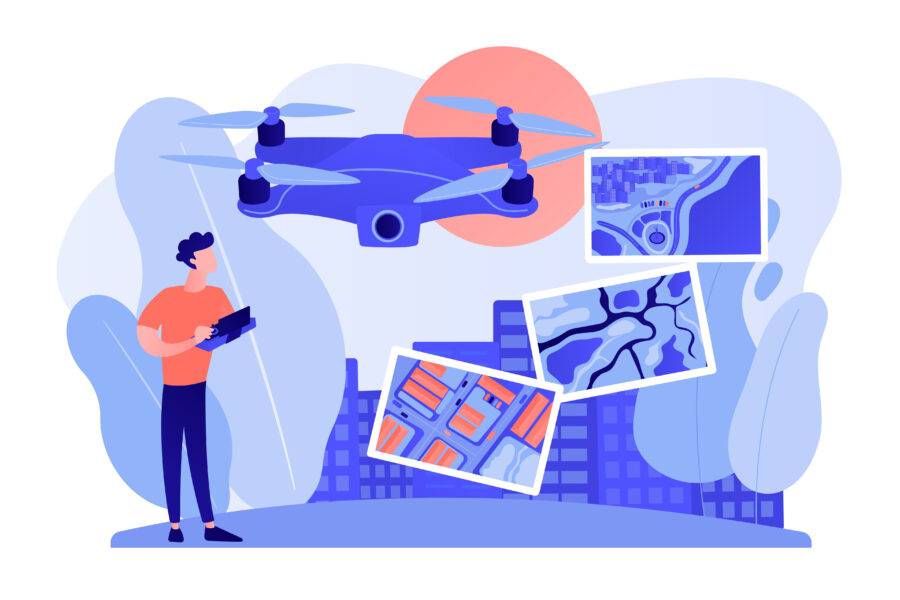Unveiling the Future of Precision: Digital Imaging Technologies in Machine Vision, Metrology, Radiography, and LiDAR

In the era of Industry 4.0, where precision and efficiency reign supreme, digital imaging technologies have emerged as the driving force behind transformative advancements in various fields. From the intricacies of machine vision to the depth-sensing capabilities of LiDAR, these technologies are reshaping industries such as manufacturing, healthcare, and autonomous vehicles. Let’s delve into the realms of machine vision, metrology, radiography, and LiDAR to understand how digital imaging is ushering in a new era of precision and innovation.
1. Machine Vision: The Eyes of Automation:
Machine vision, empowered by digital imaging, is revolutionizing industrial automation. Cameras equipped with advanced sensors capture and process visual information with unparalleled speed and accuracy. This technology enables machines to “see” and make real-time decisions, enhancing quality control, defect detection, and overall efficiency on the factory floor. From sorting products to ensuring flawless assembly, machine vision has become the eyes of automated systems.
2. Metrology: Precision Measurement Redefined:
In the realm of precision measurement, digital imaging technologies play a pivotal role in metrology. High-resolution cameras and advanced image processing algorithms enable precise measurements and inspections. From dimensional analysis in manufacturing to non-contact surface profiling, digital imaging enhances accuracy and repeatability, setting new standards for quality assurance in industries where precision is paramount.
3. Radiography: Unveiling the Invisible:
In fields such as healthcare and industrial inspection, radiography powered by digital imaging brings unprecedented clarity to the unseen. Digital radiography systems capture X-ray images with enhanced detail and minimal radiation exposure. In medicine, this technology aids in accurate diagnosis, while in industrial settings, it ensures thorough inspection of materials and structures, detecting flaws and irregularities that might elude traditional methods.
4. LiDAR: Mapping the Future with Precision:
LiDAR (Light Detection and Ranging) technology, a cornerstone in autonomous vehicles and environmental mapping, relies heavily on digital imaging. LiDAR sensors use lasers to emit pulses of light and capture the reflections, creating detailed 3D maps of the surroundings. In autonomous vehicles, LiDAR enables accurate object detection and navigation, while environmental applications include forestry mapping and urban planning.
5. Integration for Synergistic Solutions:
What makes these digital imaging technologies truly powerful is their ability to complement each other. The integration of machine vision with metrology, radiography, and LiDAR creates synergistic solutions that offer a comprehensive approach to complex challenges. From inspecting intricate components with machine vision to measuring their dimensions with metrology, and then mapping their surroundings using LiDAR, the synergy of these technologies leads to holistic and efficient solutions.
6. Towards a Future of Precision and Innovation:
As digital imaging technologies continue to evolve, we stand at the cusp of a future where precision, speed, and innovation intersect seamlessly. The applications of machine vision, metrology, radiography, and LiDAR extend far beyond their current domains, promising transformative changes in fields as diverse as healthcare, manufacturing, and environmental monitoring. These technologies are not just tools; they are the architects of a future where accuracy and efficiency define the new standard.
Read More from our study Digital Imaging Market report and request for a free sample report to know more.
Conclusion:
The marriage of digital imaging with machine vision, metrology, radiography, and LiDAR heralds a new era of possibilities. Industries are no longer bound by the limitations of traditional methods but are propelled into a future where the invisible becomes visible, and precision becomes the norm. The journey has just begun, and the horizon is brimming with exciting prospects fueled by the vision of a digitally imaged world.
– Analyst Team
IHR Insights
inquiry@ihrinsights.com

